News
A$2.3 billion! Stimulate the installation of 1 million units! Australia’s user-side energy storage may usher in a golden age!
It is understood that the Australian Labor government recently launched the “Household Energy Storage Preferential Program”, which will be implemented in July 2025 with a financial commitment of AUD 2.3 billion, becoming one of the most ambitious policies in the field of distributed energy storage in the world.
The program promises to reduce the cost of installing household energy storage systems for users by 30%, with a target of 1 million new installations by 2030. Based on a mainstream 10kWh configuration, this equates to 10GWh of new energy storage capacity, a figure that is already twice the total size of Australia’s current grid-scale energy storage.
Specialized policy points:
- Applies to energy storage installed in conjunction with new and existing photovoltaic systems;
- Federal budget has included an allocation for the 2025/2026 financial year;
- The Department of Climate Change has estimated that households equipped with photovoltaic storage systems can save up to A$2,300 per year (covering 90% of typical household electricity bills);
According to Gridcog’s modeling study, adding a 10kWh battery to an existing 6.5kW rooftop PV system saves an average of A$771 per year in electricity costs. South Australia (SA Power Networks) was the top performer, with annual savings of A$1,414, with regional differences mainly stemming from differences in tariff structures and PV penetration.

“With four million rooftop photovoltaics already installed across Australia, rooftop solar is an Australian success story, with solar panels currently installed in one in three homes but only one in 40 equipped with storage batteries, which will revolutionize energy use patterns,” Prime Minister Anthony Albanese said when announcing the AUD$2.3 billion program. After the policy is implemented, the payback period will be shortened from more than 10 years to 7-8 years, according to the relevant Australian agencies. For investors, this is a significant market opportunity.
In addition to the $2.3 billion dedicated household energy storage subsidy, small business and community energy storage (50kWh to 100kWh) will also be able to access the subsidy. This is part of Labor’s plan for households and businesses to benefit from cheaper, cleaner electricity:
- Direct Electricity Bill Relief: provides an additional A$150 per household in electricity bill relief from July 1, while benefiting around one million small businesses;
- A$1 billion Home Energy Upgrade Fund: to help households upgrade modern energy efficient appliances and other energy efficiency improvements;
- A$800 million Social Housing Energy Efficiency Program: to reduce energy bills for social housing tenants and improve the year-round liveability of housing while reducing carbon emissions;
- A$100 million Community Energy Upgrade Fund: supports community facilities with upgrades such as energy efficient lighting and energy storage;
Australia has a unique advantage over international markets in developing customer-side energy storage. Its PV penetration rate is higher than the EU average, and its intraday tariff fluctuations are large, far exceeding those of major European markets. More importantly, the federal level subsidies can form a synergistic effect with the existing policies of the states, and the effect of this policy combination punch is worth looking forward to.

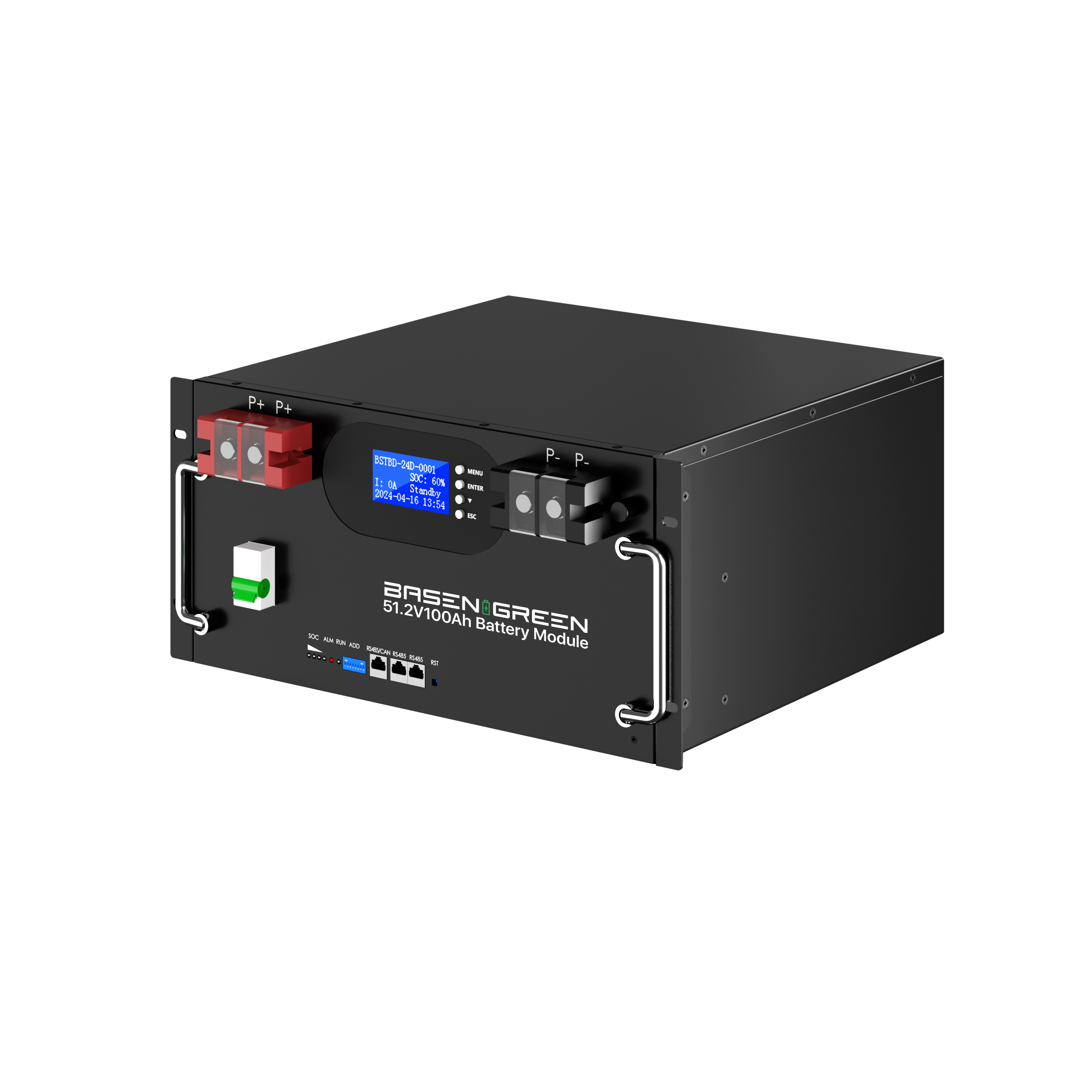
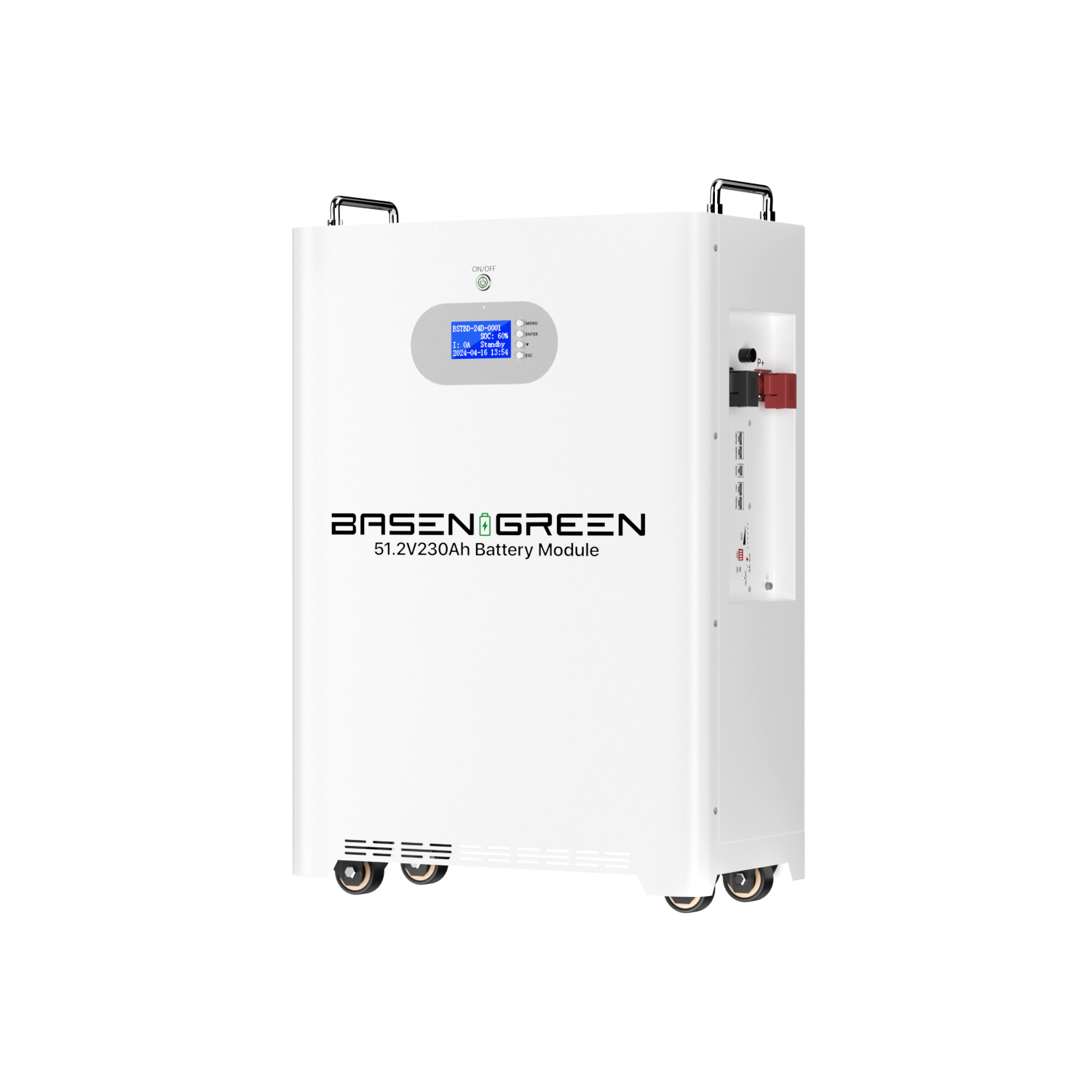
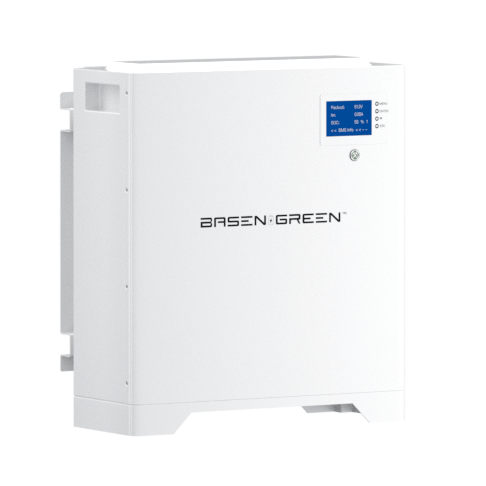
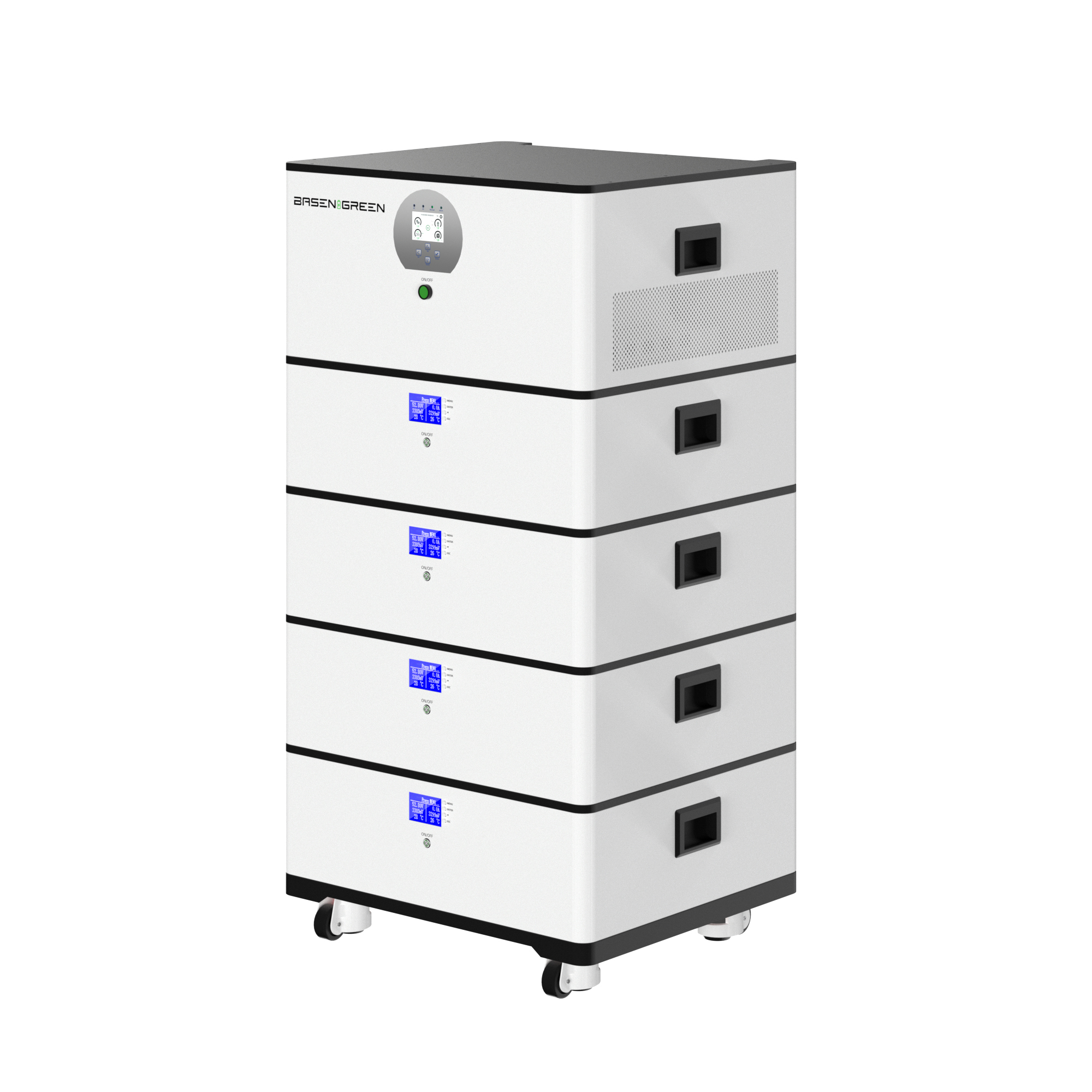

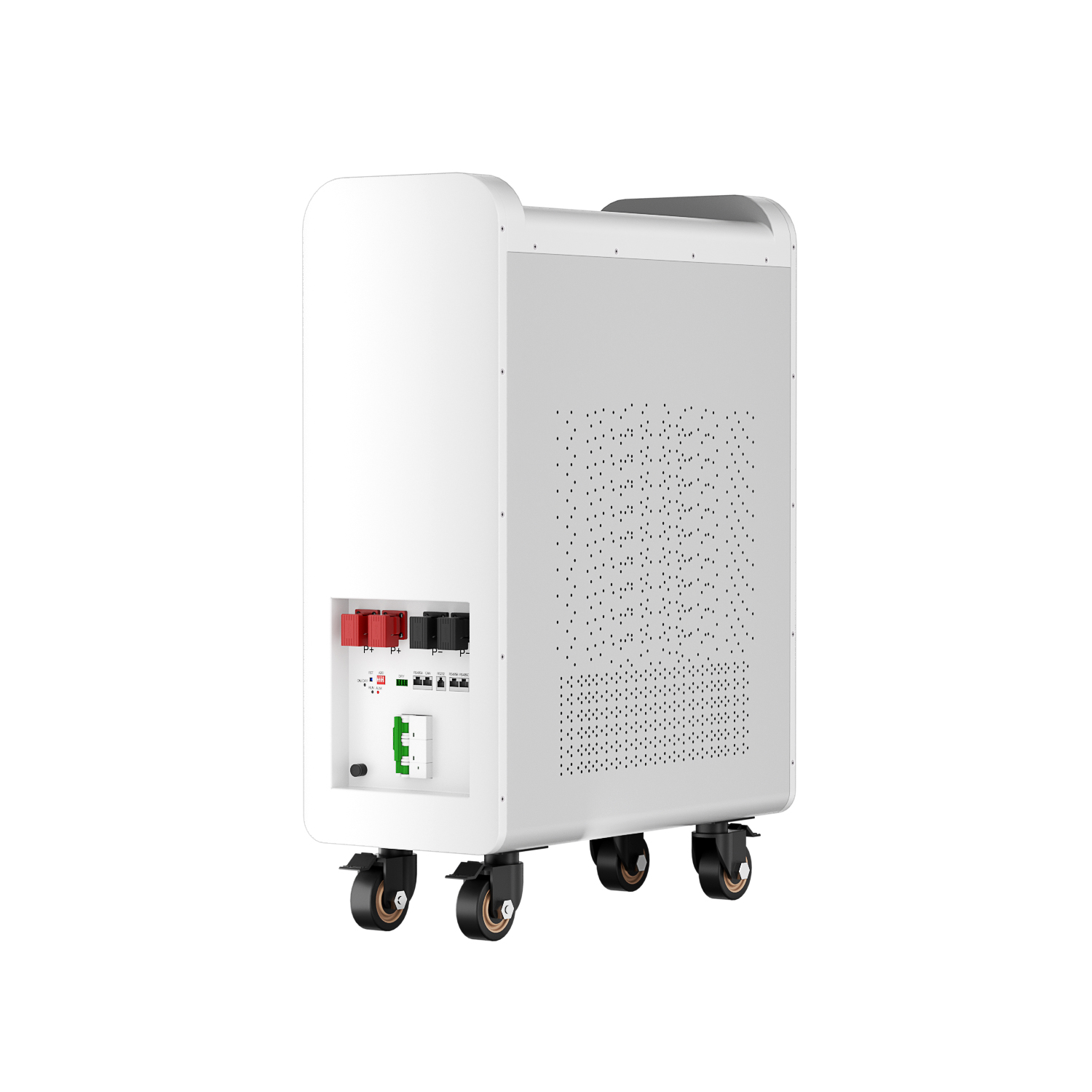
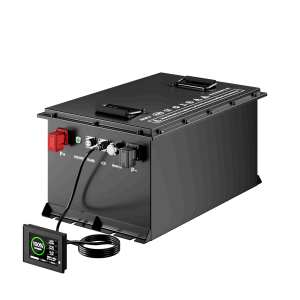
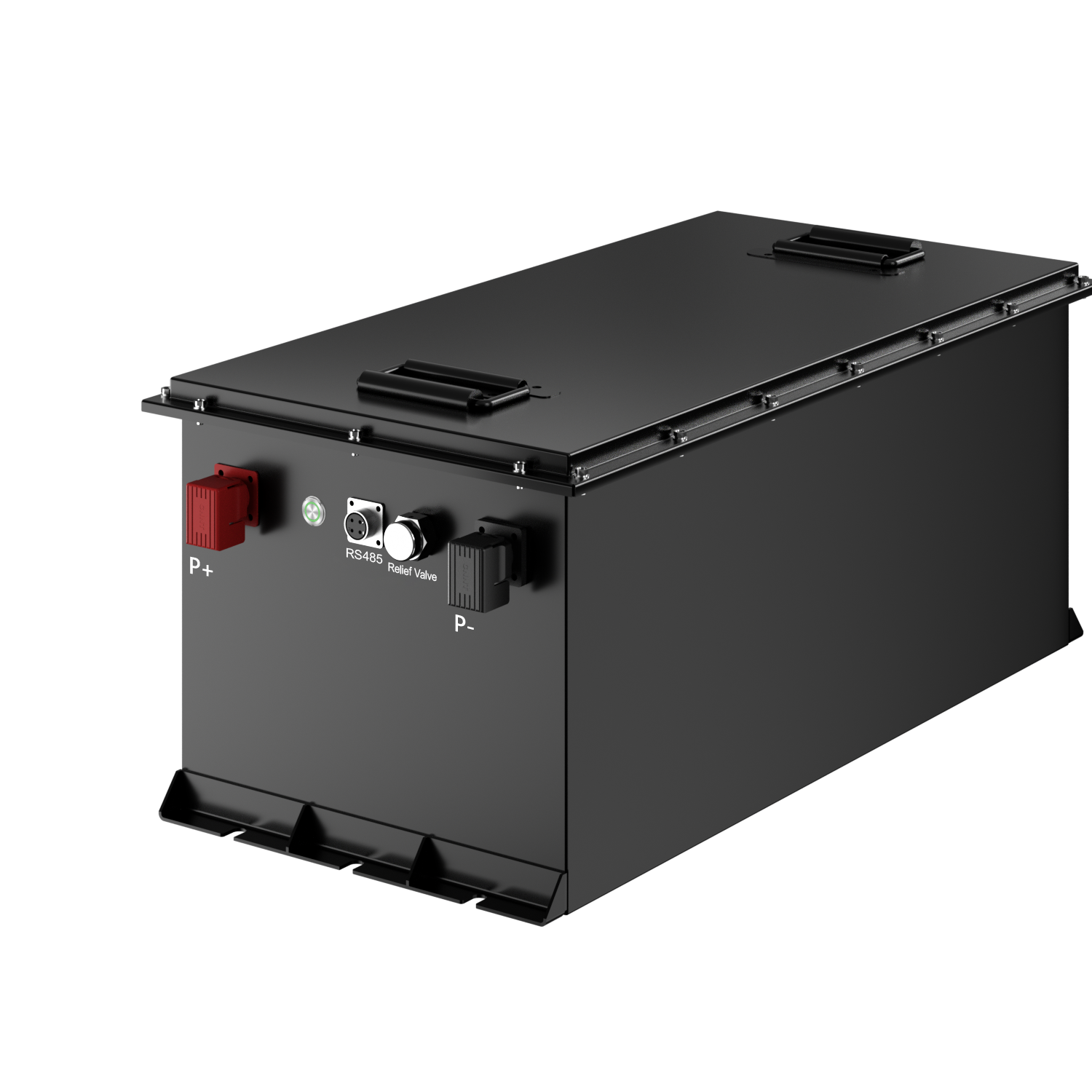
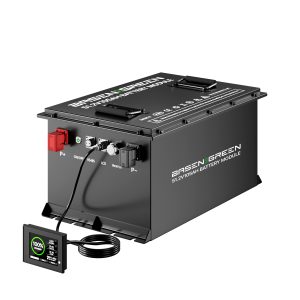
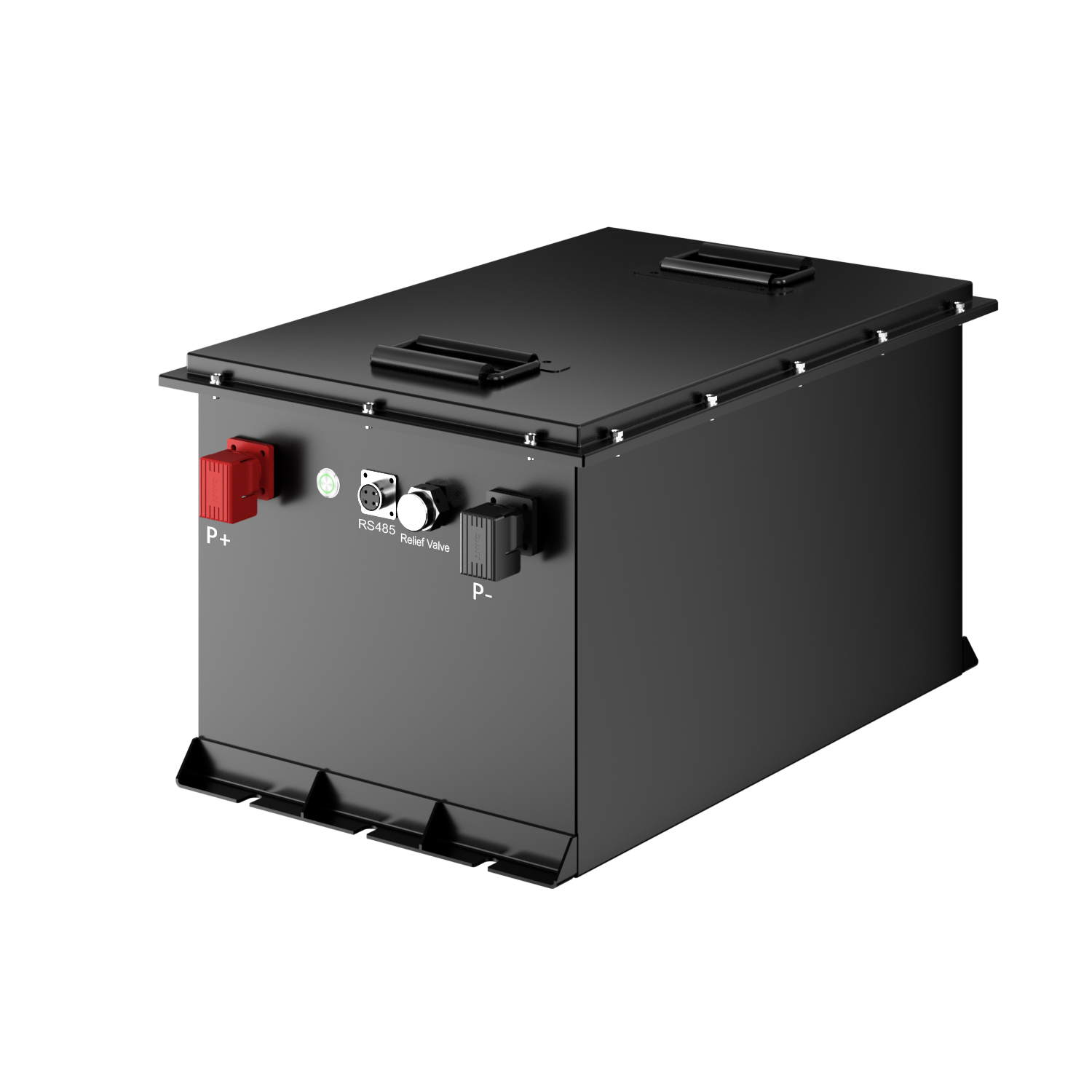
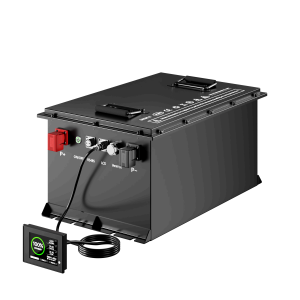
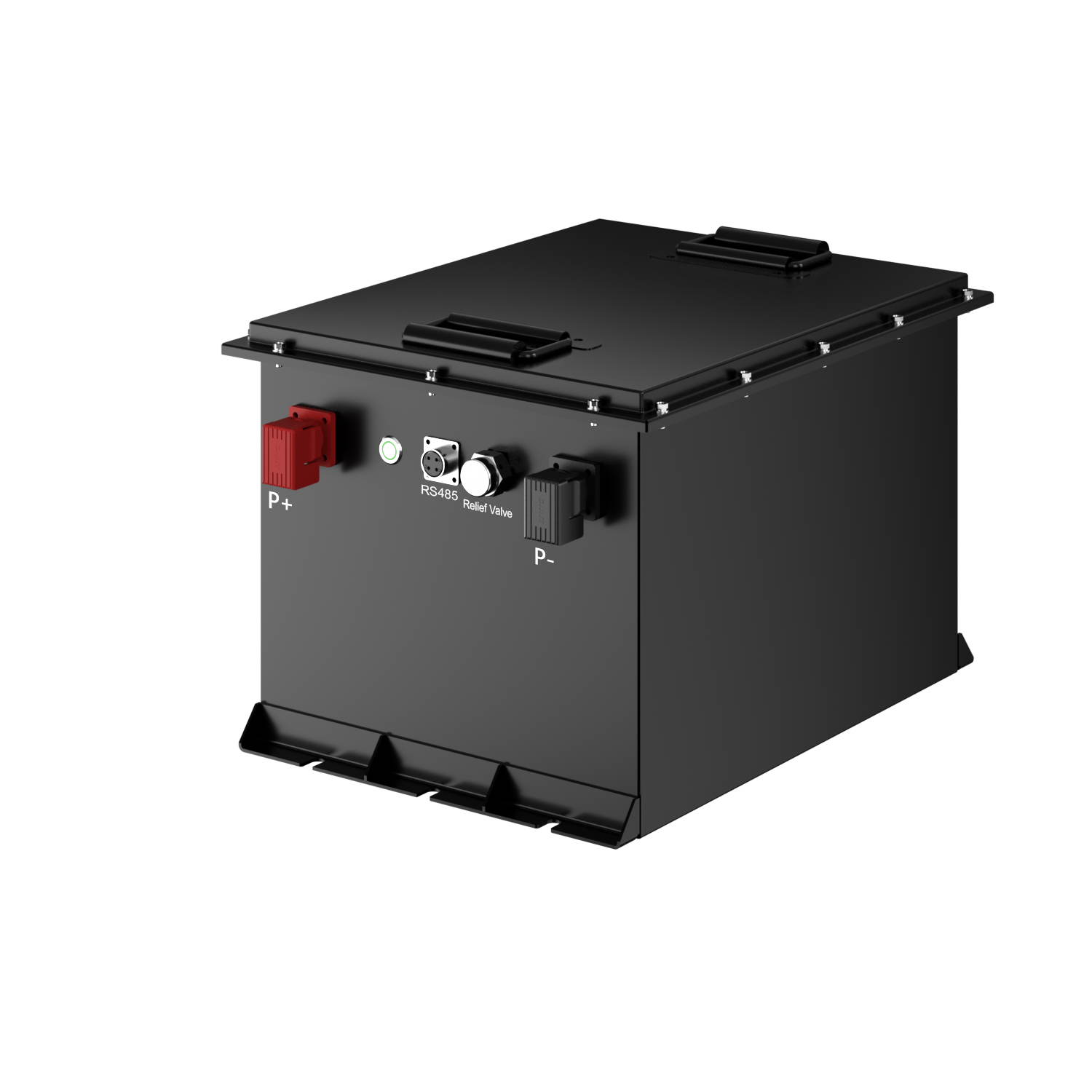
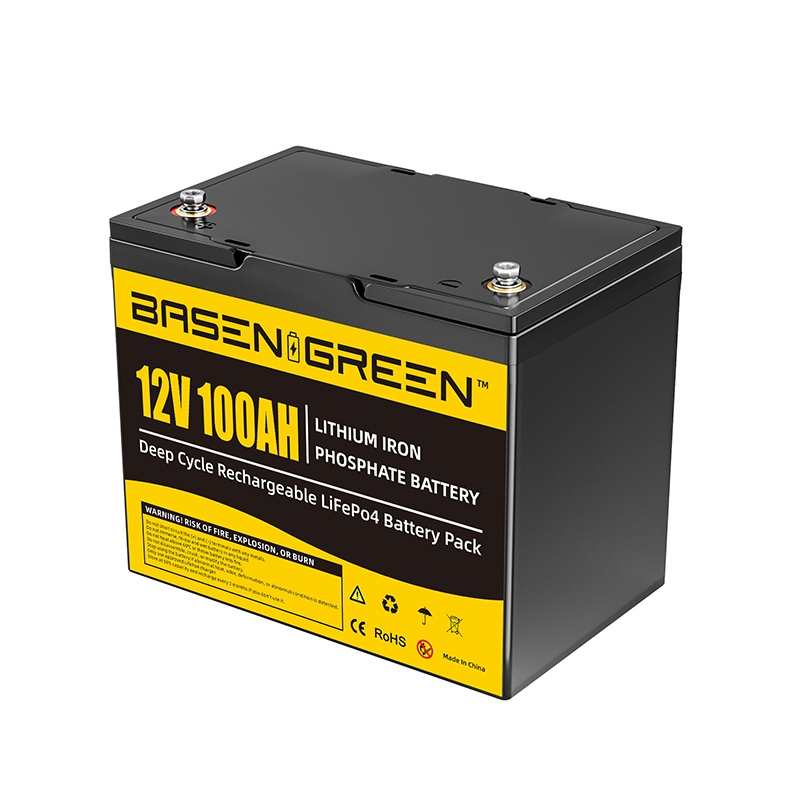
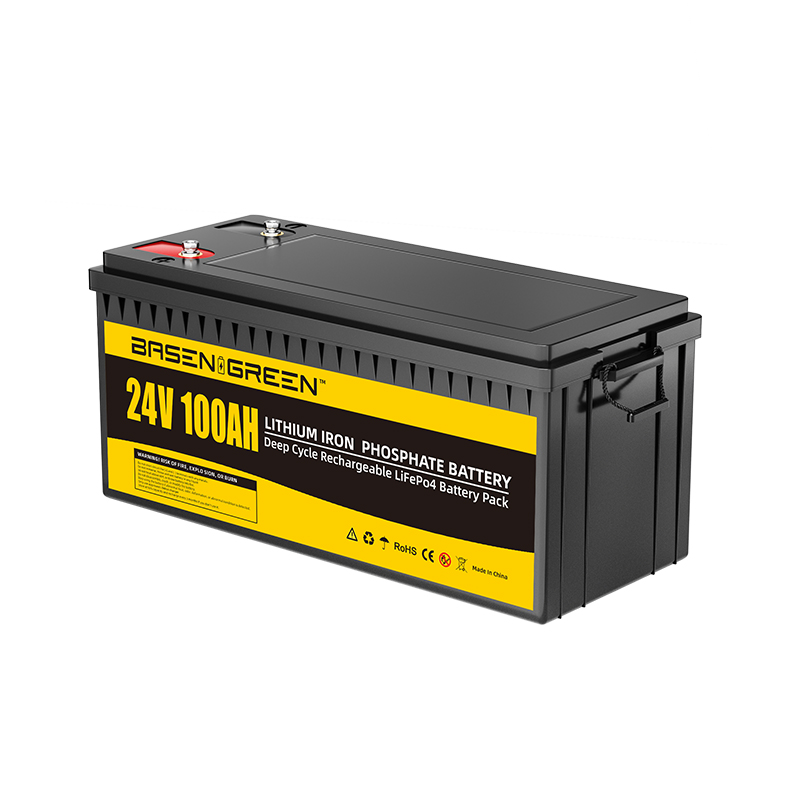
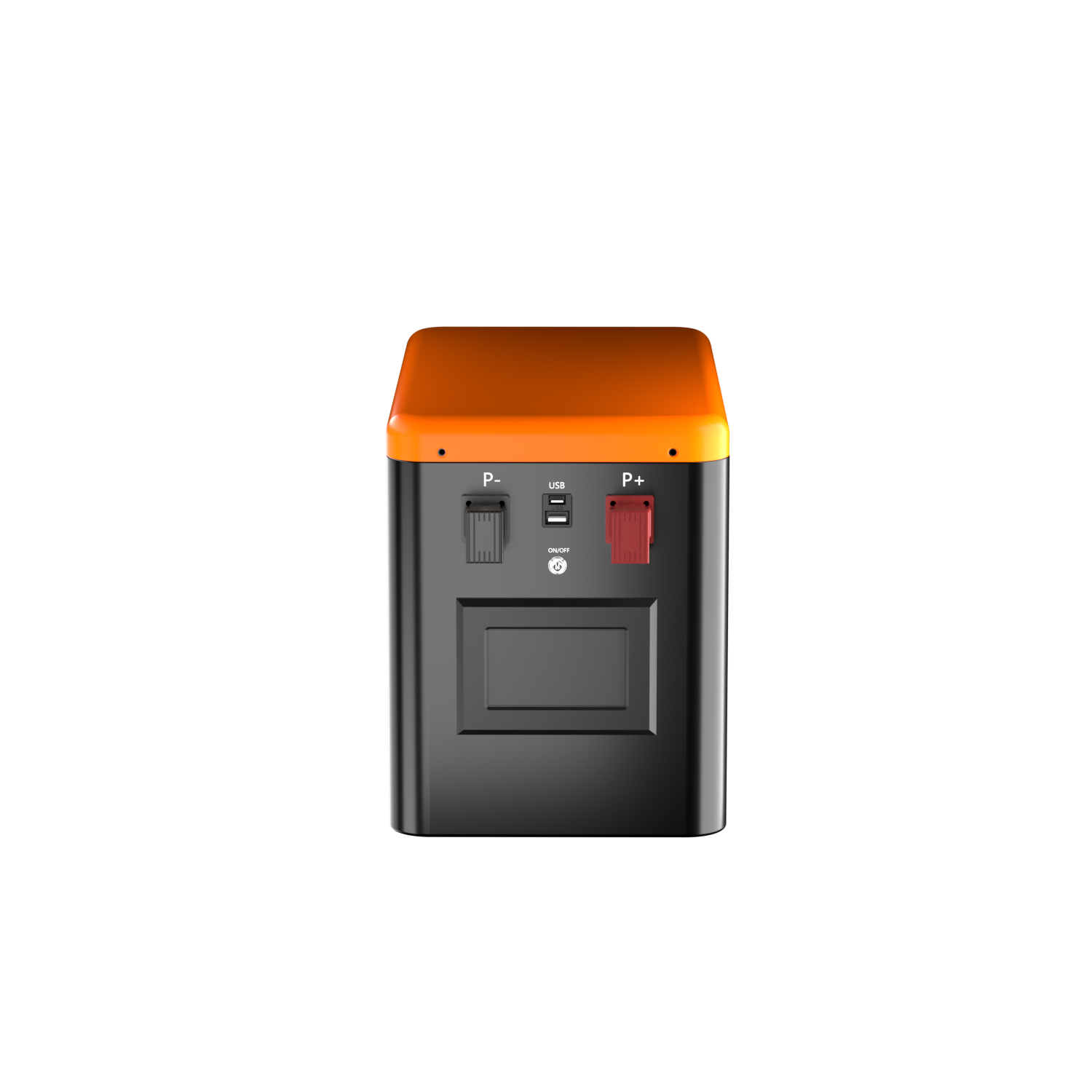
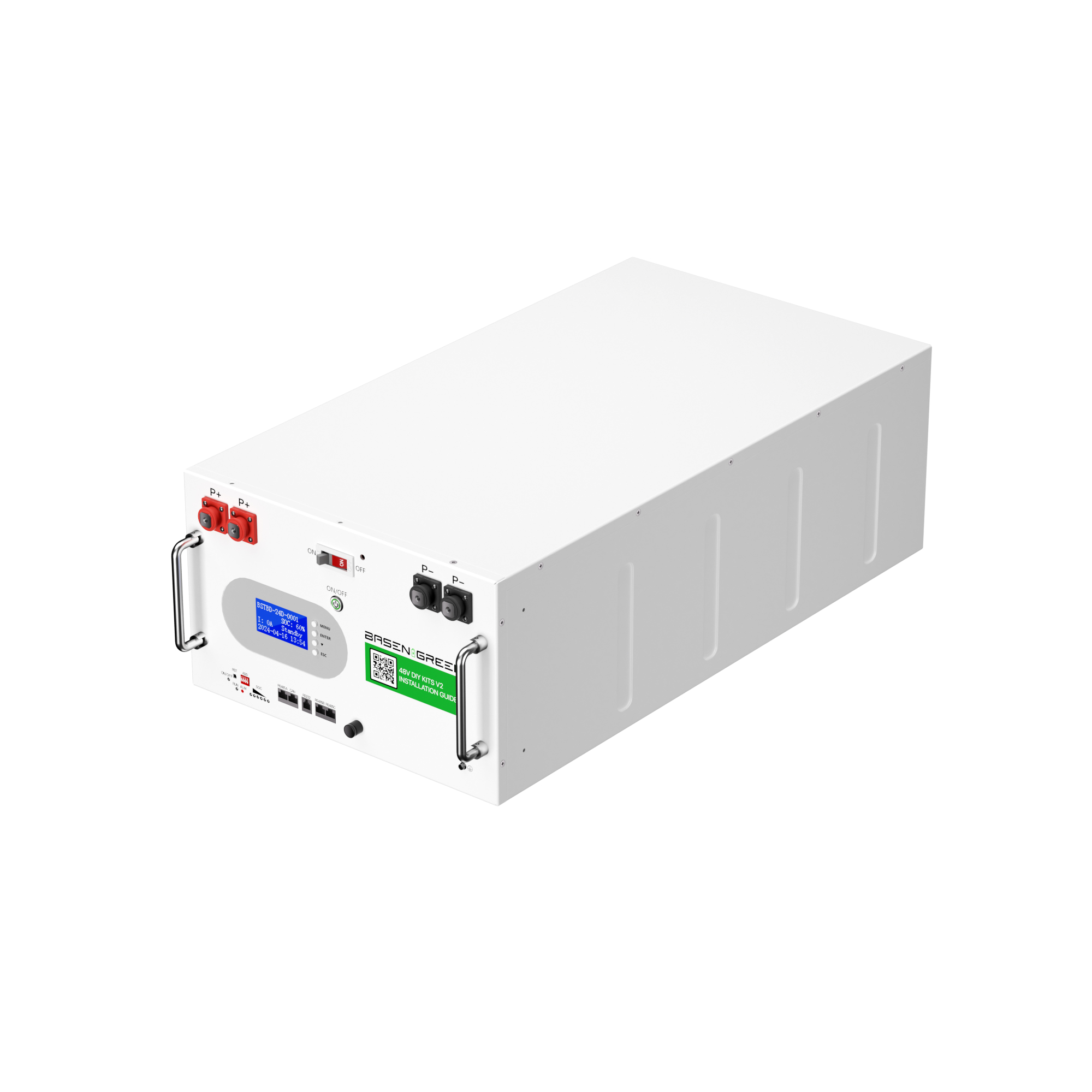
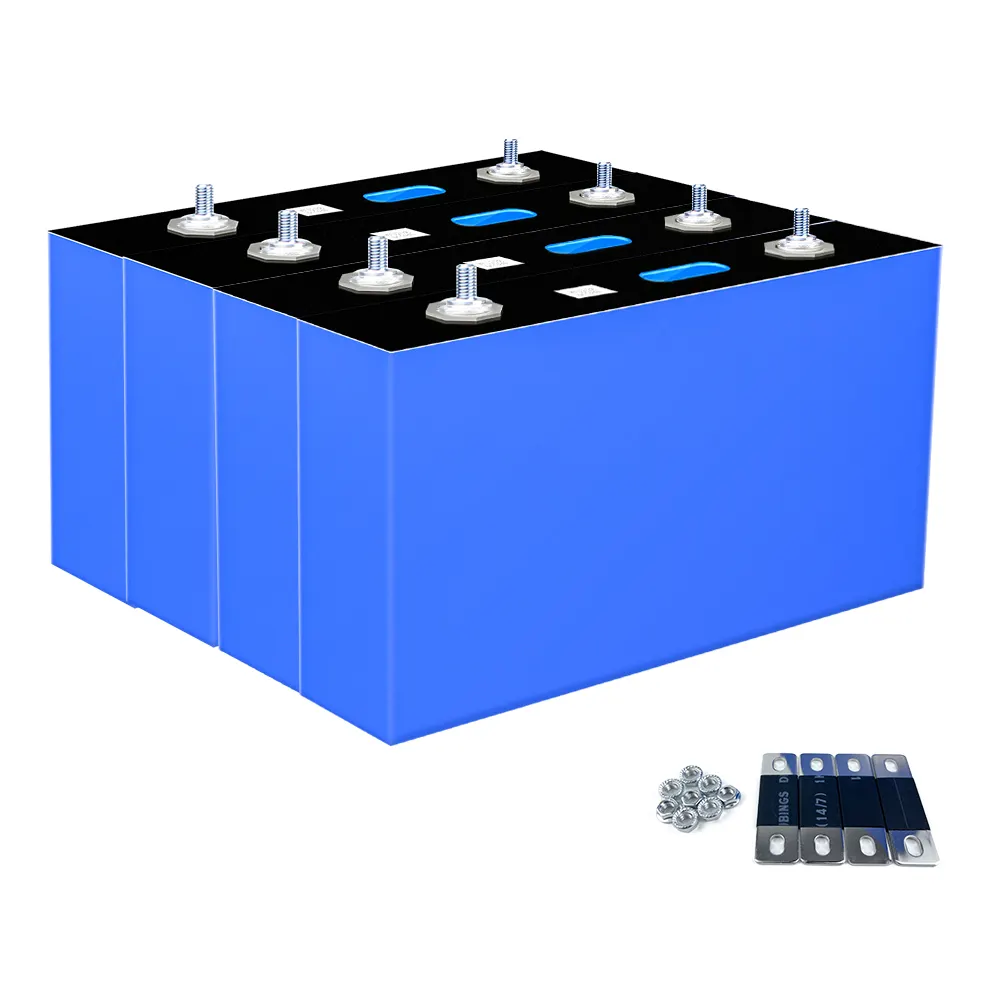
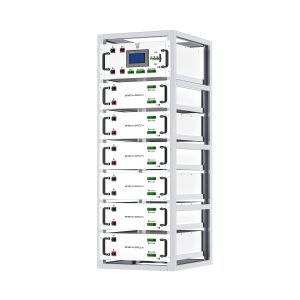
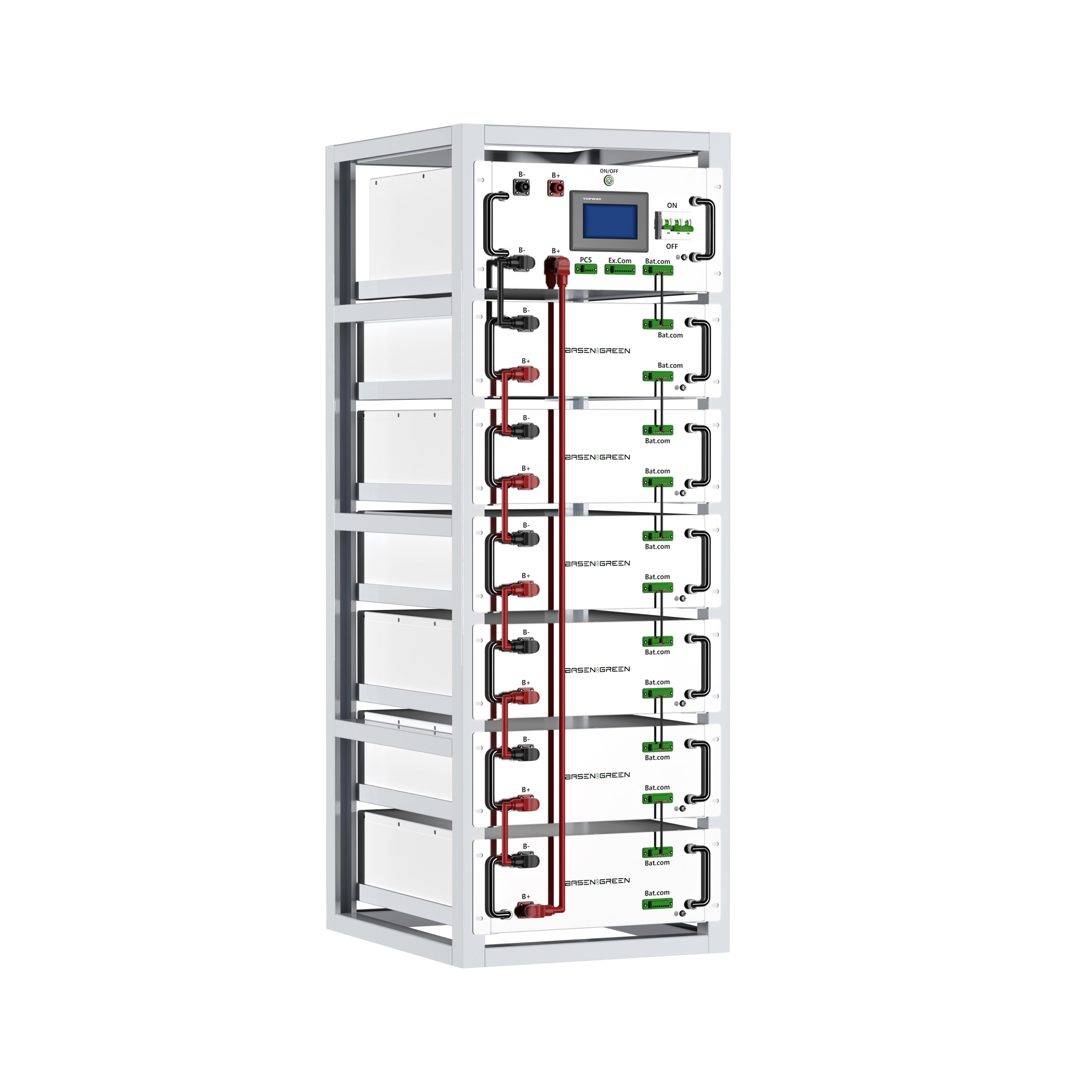
.png)